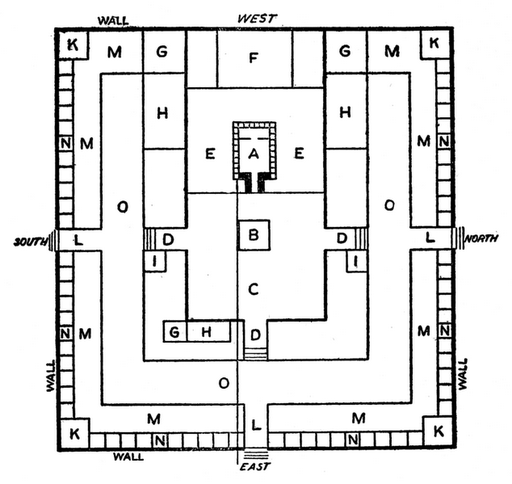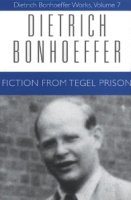<!–[if !mso]> st1\:*{behavior:url(#ieooui) } <![endif]–>
st1\:*{behavior:url(#ieooui) } <![endif]–>
37:1-14 – The valley of dry bones. Once again the “hand of the LORD” was on Ezekiel (cf. 1:3; 3:14, 22; 8:1; 33:22; 40:1) and the Spirit (Heb. rûah) of the LORD set him right in the middle of a valley filled with dry bones (note the contrast between this valley of death and the mountains of fruitfulness in the previous chapter). The bones are strewn everywhere showing that there was no proper burial for those who died and they are described as “dry” because they were well beyond any type of resuscitation. Why did the LORD ask Ezekiel if these bones could live and what does Ezekiel’s reply signify? Can the LORD do this work, or better, will the LORD do this? It demonstrates Ezekiel’s dependence upon the LORD and recognition that everything depends upon His will and doing. Why should Ezekiel prophesy to the bones? “Yahweh’s goal in reviving these bones is not simply the biological-chemical reconstition of the body or even the restoration of physical life. He desires spiritual revival: a new recognition of and relationship with himself” (Block NICOT 376). What are the contents of his prophesying to the bones?
Note the emphasis upon the breath (Heb. rûah) of life in order for the bones to live even after being attached with everything else anatomically necessary (cf. Gen.2:7). What is the point of the LORD’s giving life? Ezekiel seems surprised by the immediate reaction and sound of the bones being joined to each other and then the tendons, flesh and skin being added. Note the lack of life because there was no breath (Heb. rûah) in them. Why might the LORD require Ezekiel to prophesy again before they would be given life? What does it mean for Ezekiel to prophesy to “breath” (Heb. rûah) and call it from the “four winds” (Heb. rûahot cf. Deut. 28:25-26; Jer.34:17-20) before the “breath” (or “Spirit/spirit” again Heb. rûah) would come into them so that they might live? The Hebrew term rûah occurs ten times in the first fourteen verses of this chapter with the nuanced meanings as agency of conveyance (vs. 1), direction (vs. 9), and animation (vv. 5-6) (see Block NICOT II:373).
The bones which were brought to life as people stand up on their feet much like Ezekiel at his commissioning (cf. Ezek.2:2; 3:24). What do the bones represent? (see vv. 11-14) Note that the metaphor is no longer of a valley of bones, but of the graves of the whole house of Israel (Judah and Israel) that will be opened (cf. Matt.27:52-53) and from which they will be raised to life by the infusion of the LORD’s Spirit (Heb. rûah) into them. Why does the LORD state that He will do this? There are many of the Church Fathers that understood this first section as referring to a general resurrection: Justin Martyr, Irenaeus, Tertullian, Cyprian, Cyril of Jerusalem, Epiphanius of Constantine, Ambrose, Severus and John of Damascus (Zimmerli Hermeneia II:264).
27:15-28 – One king over one nation of Israel. Ezekiel is told to take two “sticks” (Heb. ‘ēsîm which may also be translated as “writing tablets” which would possibly include the contents of the two part prophecy that makes up the remainder of the chapter – in favor of this interpretation see Block NICOT 398-406, 409) and write on each addressing the two previous nations: Judah and Israel (Ephraim who was the youngest son of Joseph – cf. Gen.48:8-20; 49:22-26; Deut.33:13-17). Why are the two sticks inscribed and what does holding them together signify?
Notice in the explanation the LORD gives through Ezekiel that Judah takes the priority before “Ephraim” though they are joined together to form a unity in the LORD’s hand. This is not only a prophecy of unity, but of a return from exile for all of the tribes of Israel as the one people of God. What would be the obstacles to accomplishing this and where would the LORD return His people? There would no longer be any multiplicity of kings, but only one king chosen by the LORD to rule the one nation. Also, the one kingdom would be holy and no longer continue in sin and depravity, but would be cleansed and enter into the covenant they were always supposed to have with the LORD as their own God and they as His own people. What does it mean for “David” to be the one king and “shepherd” over the united kingdom of Israel? (cf. 2 Sam.7) Does election to be a part of the one people mean there is no requirement for how one lives?
Note the repetitive use of “forever” and “one” in this extended passage (cf. Gen.28:13-15; 35:9-15). What is a “covenant of peace” (Heb. bĕrît ŝālôm cf. Eze.34:25-31) that is “an everlasting covenant” (Heb. bĕrît ‘ôlām cf. Isa.24:5; 55:3; 61:8; Jer.32:40; 50:5)? What does it mean for the LORD’s sanctuary and dwelling place to be among His newly constituted people? How does His presence make “holy”?
Extra Bibliography
Walther Zimmerli, Ezekiel (trans. R. E. Clements; 2 vols., Hermeneia; Philadelpia, PA: Fortress, 1979).








 st1\:*{behavior:url(#ieooui) } <![endif]–>
st1\:*{behavior:url(#ieooui) } <![endif]–>